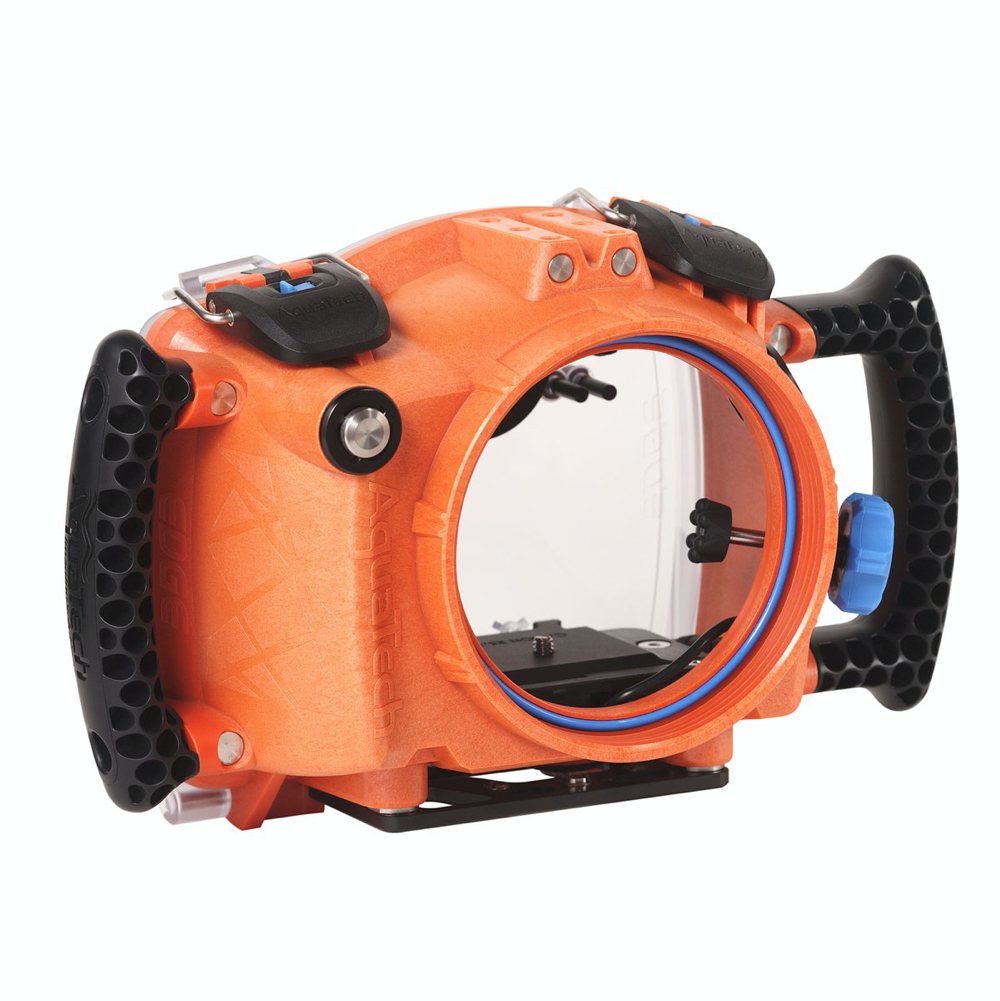- Home
- Directory
- Shop
- Underwater Cameras - Photographic Accessories
- Smartphone Housings
- Sea Scooters
- Hookah Dive Systems
- Underwater Metal Detectors
- Dive Gear
- Dive Accessories
- Diving DVD & Blu-Ray Discs
- Diving Books
- Underwater Drones
- Drones
- Subscriptions - Magazines
- Protective Cases
- Corrective Lenses
- Dive Wear
- Underwater Membership
- Assistive Technology - NDIS
- On Sale
- Underwater Gift Cards
- Underwater Art
- Power Stations
- Underwater Bargain Bin
- Brands
- 10bar
- AOI
- AquaTech
- AxisGo
- Backscatter Underwater Video and Photo
- BLU3
- Cayago
- Chasing
- Cinebags
- Digipower
- DJI
- Dyron
- Edge Smart Drive
- Eneloop
- Energizer
- Exotech Innovations
- Fantasea
- Fotocore
- Garmin
- Geneinno
- GoPro
- Hagul
- Hydro Sapiens
- Hydrotac
- Ikelite
- Indigo Industries
- Inon
- Insta360
- Intova
- Isotta Housings
- Jobe
- JOBY
- Kraken Sports
- LEFEET
- Mirage Dive
- Nautica Seascooters
- Nautilus Lifeline
- NautiSmart
- Nitecore
- Nokta Makro
- Oceanic
- Olympus
- OM System
- Orca Torch
- Paralenz
- PowerDive
- QYSEA
- Scubajet
- Scubalamp
- Sea & Sea
- SeaDoo Seascooter
- SeaLife
- Seavu
- Shark Shield
- Sherwood Scuba
- Spare Air
- StickTite
- Sublue
- Suunto
- SwellPro
- T-HOUSING
- Tusa
- U.N Photographics
- Venture Heat
- XTAR
- Yamaha Seascooter
- Youcan Robot
Revealing the secrets of the Bullshark in the South-Pacific
Contributed by Juerg Brunnschweiler
"In the end, our society will be defined not only by what we created, but by what we refused to destroy......."
John Sawhill, former Nature Conservancy President
 Populations
of large marine predators such as sharks are in dangerous decline. Recent scientific
studies report declines of up to 99% for several shark species such as the oceanic
whitetip shark in the Gulf of Mexico. Studies also indicate that the reduction
in number of larger coastal species such as bull, hammerhead, and tiger sharks
may be as high as 80% in the Atlantic Ocean. Sharks have long played a vital
role in the marine ecosystem. Overexploitation and habitat loss, however, has
steadily diminished this role. Most large species are slow growing, reach maturity
with high age and produce very few offspring compared to bony fishes. All these
biological traits known today make sharks particularly vulnerable to extinction.
Populations
of large marine predators such as sharks are in dangerous decline. Recent scientific
studies report declines of up to 99% for several shark species such as the oceanic
whitetip shark in the Gulf of Mexico. Studies also indicate that the reduction
in number of larger coastal species such as bull, hammerhead, and tiger sharks
may be as high as 80% in the Atlantic Ocean. Sharks have long played a vital
role in the marine ecosystem. Overexploitation and habitat loss, however, has
steadily diminished this role. Most large species are slow growing, reach maturity
with high age and produce very few offspring compared to bony fishes. All these
biological traits known today make sharks particularly vulnerable to extinction.
To implement conservation measures, basic biological information such as population
structure, habitat use, migration patterns and life cycle parameters are essential
to know. But such data is often lacking and difficult to obtain. Bull sharks
for example are known to aggregate at certain places for approximately nine
months of the year. In spring, they leave the area and roughly three months
later they often return. But where do they go and what are they doing during
their absence? Preliminary observations indicate that bull sharks might swim
to nursery grounds or to separate mating grounds to give birth to their young
or mate with co-specifics respectively. However not knowing the location of
those habitats makes it difficult to implement conservation plans. For example
bull sharks could be protected in one given area. Their migration, however,
into a different area may be hundreds of miles away where they  are
not protected simply because no one knows that they are there. This makes any
effort to effectively protect the population useless. Even if they were protected
at both places they may still have to travel a great distance to translocate.
We would have to take a realistic look at protection along their migration route
as well!
are
not protected simply because no one knows that they are there. This makes any
effort to effectively protect the population useless. Even if they were protected
at both places they may still have to travel a great distance to translocate.
We would have to take a realistic look at protection along their migration route
as well!
With these thoughts in mind, like-minded colleagues and I initiated the Bull Shark Tagging Programme in 2003 with the support of the Project AWARE Foundation. We decided to use expensive but state of the art pop-up satellite tags to address the questions all of us had. Where do mature bull sharks migrate to when they leave the local habitat which we have observed them in for most of the year? Would it be possible to find their nursery or mating grounds? Pop-up satellite tags are a powerful tool for marine biologists to monitor large scale movements of otherwise difficult to observe animals. To get a feel for working with this technology we chose a bull shark population in the Bahamas.
 We
deployed six tags onto mature bull sharks in April of 2003 just prior to their
observed spring migration. Within two days of tagging completion all the bull
sharks within that population vanished! I do not have to tell you that all of
us were quite nervous seeing the sharks swimming away with those costly units
on their backs! Shortly thereafter we began receiving signals which indicated
that a tag had popped up and had properly linked to the satellite. What a surprise
we had when we tracked down the location on the map! In a matter of just a few
days a female bull shark had swum all the way from the Bahamas to the Florida
coast into a fresh water river system. This river had been long thought to be
a bull shark nursery ground. We had just made the first confirmed observation
of seasonal migration of bull sharks between the Bahamas and the Florida coast.
We
deployed six tags onto mature bull sharks in April of 2003 just prior to their
observed spring migration. Within two days of tagging completion all the bull
sharks within that population vanished! I do not have to tell you that all of
us were quite nervous seeing the sharks swimming away with those costly units
on their backs! Shortly thereafter we began receiving signals which indicated
that a tag had popped up and had properly linked to the satellite. What a surprise
we had when we tracked down the location on the map! In a matter of just a few
days a female bull shark had swum all the way from the Bahamas to the Florida
coast into a fresh water river system. This river had been long thought to be
a bull shark nursery ground. We had just made the first confirmed observation
of seasonal migration of bull sharks between the Bahamas and the Florida coast.
The results we had obtained from this test session in the Bahamas made us very confident that we could begin revealing many of the bull sharks' secrets in the South Pacific which would now become our main study area. From a logistical point of view it would be much more challenging to work there compared to the shallow water of the Bahamas. The bull sharks we study off Viti Levu in the country of Fiji stay deep at 30 to 40 meters depth in the water column. We also wanted to target specific individual sharks which could yield the most useful data. Since we did not want to traumatize the sharks through conventional scientific catching techniques to deploy our tags we chose to intimately enter the bull sharks' world and interact with them face to face. Swimming among two dozen or more large bull sharks at 30 meters is a life changing experience and we were immediately awestruck by their beauty, majesty and grace. They would allow us to approach them and attach the tag into their dorsal musculature just below the first dorsal fin with a custom designed tagging stick. Over the course of the year 2004 we equipped a total of 11 personally selected adult bull sharks with satellite tags. All of the tags had been programmed to pop up at the end of 2004. And indeed that is exactly what they did! After being attached to the sharks for up to seven months they had worked with the efficiency of a Swiss clock and had popped up exactly on the date we programmed them for.
 Upon
taking a look at the preliminary results we could not believe our eyes. The
majority of the tagged bull sharks had migrated away in a westward direction
covering an area of hundreds to thousands of kilometers! Some of them turned
up near the islands of Vanuatu and New Caledonia. The record for distance traveled,
however, was held by one female shark that turned up close to northern Australia.
What a voyage for a bull shark in such a short period of time! And now we have
even more interesting questions to ask....
Upon
taking a look at the preliminary results we could not believe our eyes. The
majority of the tagged bull sharks had migrated away in a westward direction
covering an area of hundreds to thousands of kilometers! Some of them turned
up near the islands of Vanuatu and New Caledonia. The record for distance traveled,
however, was held by one female shark that turned up close to northern Australia.
What a voyage for a bull shark in such a short period of time! And now we have
even more interesting questions to ask....
Science should never be done for its own sake. There should always be a reference to reality. In the case of sharks that reality is the declining stocks on a world wide scale. Sharks are threatened through direct and indirect fisheries, habitat degradation, and many other detrimental human activities. With the Bull Shark Tagging Programme we finally can focus on migratory routes and nursery grounds. Nursery grounds are crucial for the survival of healthy shark stocks and are severely threatened by human impact. By finding migratory routes and possible nursery grounds we can take a closer look at these areas and implement protection for these fragile habitats. The demanding but wonderful days we had spent so far with our often misunderstood toothy friends were just the beginning. Exciting and demanding times full of analyzing data results and setting up new field sessions still lie ahead of us. We will continue to uncover the bull sharks' secrets and in so doing we will be helping to build the basis of information necessary for the future of their existence. Protection of their world only comes with the understanding of that knowledge and indeed will give the bull shark a chance at survival.
For further information on Sharks and how you can help to increase their protection and raise awareness of these magnificent creatures visit Project AWARE's Protect The Sharks campaign at www.projectaware.org. The Bull Shark Tagging Programme was funded through Project AWARE's grant programme which has contributed over AUD$270,000 towards marine conservation projects since 2002 in Asia Pacific. To support Project AWARE's grant programme or view other funding recipients visit the Asia Pacific section of the Project AWARE website.
Juerg M. Brunnschweiler has a degree in Zoology from the University of Zurich, Switzerland. The Bull Shark Tagging Programme is partly funded by the Project Aware Foundation (www.projectaware.org), Beqa Adventure Divers (www.fiji-sharks.com), the Save Our Seas Foundation (www.saveourseas.com), the Shark Foundation (www.hai.ch).
Photos by Juerg Brunnschweiler and Mike Neumann.
Shopfront
-
 Underwater X Elk Draws Stainless Steel Insulated Water Bottle for Mental Health - Octopus
Underwater X Elk Draws Stainless Steel Insulated Water Bottle for Mental Health - Octopus
- Price A$ 39.95
-
 Kraken 5.5-inch Ultra Bright Underwater Monitor - 4K
Kraken 5.5-inch Ultra Bright Underwater Monitor - 4K
- Price A$ 2,499.00
-
 JOBY SeaPal - Over Under Kit
JOBY SeaPal - Over Under Kit
- Price A$ 764.95
-
 Backscatter Macro Wide 4300 Underwater Video Light MW-4300
Backscatter Macro Wide 4300 Underwater Video Light MW-4300
- Price A$ 749.00
-
 Scubalamp Remote Control
Scubalamp Remote Control
- Price A$ 99.00
-
 SeaLife - SportDiver Pro 2500 Set
SeaLife - SportDiver Pro 2500 Set
- Price A$ 1,299.00
-
 Scubalamp V4K V3 Movie Grade Photo/Video Light - 8,000 lumens
Scubalamp V4K V3 Movie Grade Photo/Video Light - 8,000 lumens
- Price A$ 699.00
In the Directory












 Scubalamp PV21 LED Video/Photo Light - 2000 lumens wide - 1200 lumens spot
Scubalamp PV21 LED Video/Photo Light - 2000 lumens wide - 1200 lumens spot 




